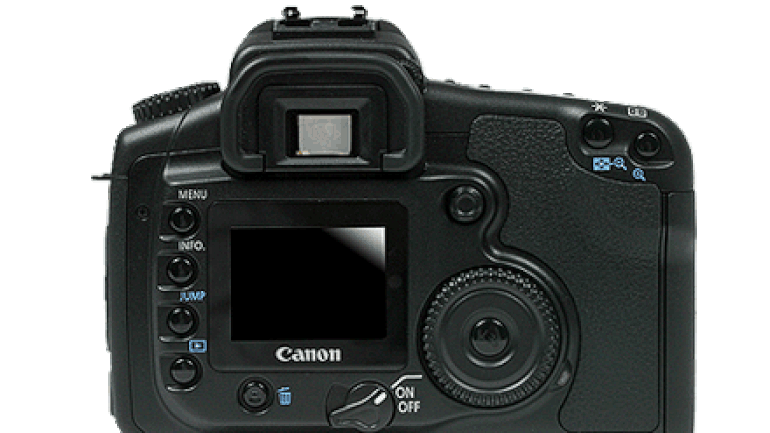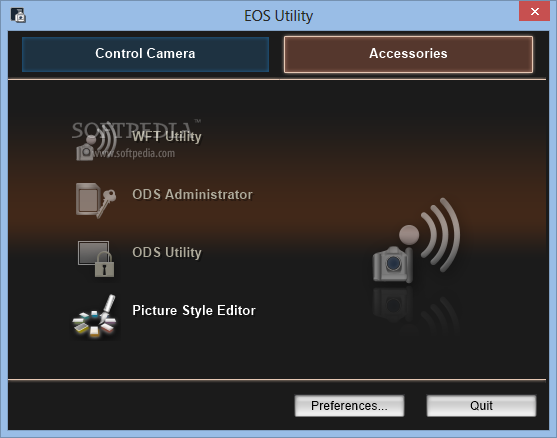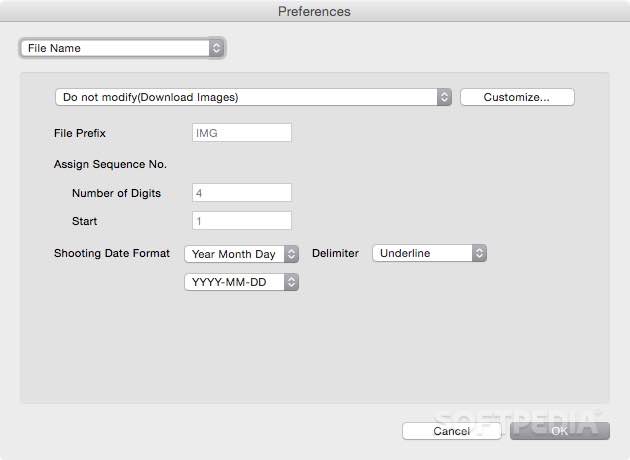

- #DOWNLOAD CANON EOS UTILITY FOR MAC HOW TO#
- #DOWNLOAD CANON EOS UTILITY FOR MAC MAC OS#
- #DOWNLOAD CANON EOS UTILITY FOR MAC INSTALL#
- #DOWNLOAD CANON EOS UTILITY FOR MAC UPDATE#
- #DOWNLOAD CANON EOS UTILITY FOR MAC WINDOWS 10#
NET Framework 4.5 or later is required.* *.NET Framework is Microsoft software. Supported Computers PC with one of the above OS preinstalled and a USB port as a standard feature (Upgraded machines not supported).
#DOWNLOAD CANON EOS UTILITY FOR MAC WINDOWS 10#
Supported OSes - Windows 10 - Windows 8.1 - Windows 7 (All 32-bit/64-bit systems except for Starter Edition) 2.

Happy metadating.To use this software, your computer has to meet the following system requirements. Go ahead and run the updater you downloaded from that link above, and follow your nose from there (you will need to use a miniUSB cable to connect your camera body to the PC before anything meaningful will happen). At least in its intimate conversations with other bits of software, your machine now thinks you have the Utility installed. Enter (without quotes but with the space) “EOS Utility” here. At this point, right click on the word Canon and select New -> Key. Navigate your way from the left hand side by double-clicking (or expanding) the following sequence of folders: HKEY_LOCAL_MACHINE then SOFTWARE then Wow6432Node then Canon. I take no responsibility for any action you take as a result of reading this post, etc. I say this because fiddling with the settings in here can seriously disrupt your system. Hit return, go past the warning screen, and a moderately scary window pops up.

To get that response to happen (without you actually installing a thing) hit the Windows button and type “regedit” (without the quotes).
#DOWNLOAD CANON EOS UTILITY FOR MAC INSTALL#
So if you can find a way for your machine to respond “Yes, I have that installed” when the updater asks the question, it will go ahead and install the full thing. All it does is check that you’ve already got a version installed on your machine.
#DOWNLOAD CANON EOS UTILITY FOR MAC MAC OS#
Here’s a link to the updater to save you digging around (there’s a Mac OS version nearby). The fix relies on the fact that the updater on Canon’s site is actually a full working version of the EOS Utility. Because if you use a Canon I can’t see why you wouldn’t want to.
#DOWNLOAD CANON EOS UTILITY FOR MAC HOW TO#
So I thought I’d write a plain language post on how to do this. Most of the descriptions I read are slightly technically frightening (and more complex and extensive than you actually need to do this job). So I Google a bit and find a way round it. Thank you and goodbye.īuy? Because my legit copy won’t work any more? This seems a bit odd.
#DOWNLOAD CANON EOS UTILITY FOR MAC UPDATE#
The first response was: well, just use your disk and run the update from our site… -Try reading the problem description again, I suggested.Īh well, in that case you’re stuck, really but you can buy an updated solution disk from our friends at Robert Scott Associates. It’s a bit weird, really – it’s bundled as a freebie with all their kit, but if you lose it, you’re stuffed. As a matter of policy, they don’t make the original Utility available. If you go to their site, you can download an update to get you to the latest version of the EOS Utility, but you have to already have an earlier version installed on your machine for the update to run. 7D, 60D and 600D, but that still leaves many – including the 5DMkii – requiring EOS Utility).īut disks get lost, and cameras get sold on without their box of gubbins and disks – and in my case, software gets outpaced by operating system upgrades (I have the disk, but it won’t run on Windows 7) – so you need another way to install it.Īnd this is where Canon have done something rather weird. [Update: I’m told there is now an on-camera interface to add copyright info on newer EOS bodies, e.g. You get it on a disk with every camera you buy. I believe other well-known manufacturers provide an interface on the camera itself to set it, but with the Canons you’re reliant on a little bit of software called the Canon EOS Utility. To get this text into your camera so it’s automatically written to all of your photos is a slightly laboured process on a Canon. Yes, there are ways to wipe it if someone really wants to nick your pics, but it can be surprisingly useful in lots of ways, as I wrote about in this post. This lives within the Exif information about the photo – a type of metadata (data about data). If you take your photography seriously or commercially, it can be a very good idea to embed some information about you-the-photographer-and-copyright-holder within the file itself. (Forgive the clunky title, but I’m quite keen that people stuck in the situation I’m about to describe can find this post.)


 0 kommentar(er)
0 kommentar(er)
